What Is Sepsis? Symptoms, Treatment, and More

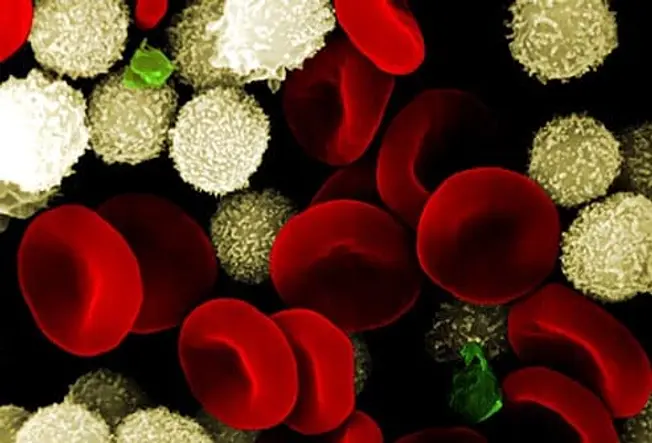
Sepsis: The Basics
Sepsis is an extreme response to an infection. Your body sends a flood of chemicals into your bloodstream to fight the threat. This causes widespread inflammation which, over time, can slow blood flow and damage your organs. Sometimes sepsis can be life-threatening, especially if it moves to its later stages -- severe sepsis or septic shock. It's important to get help ASAP if you think you have it.

Symptoms
If you have sepsis, you already have a serious infection. Symptoms may include fever and feeling unwell, faint, weak, or confused. You may feel sweaty or clammy, and you may notice your heart rate and breathing are faster than usual. If it's not treated, sepsis can harm your organs, make it hard to breathe, and mess up your thinking.
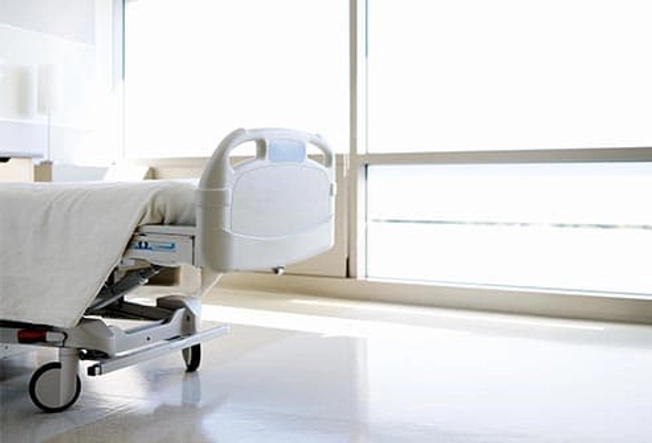
Who Gets Sepsis?
It’s most common among the elderly, people with a long-term illness (like diabetes or cancer), those with a weakened immune system, and babies less than 3 months old. If you have sepsis you’ll need to be in the hospital to get proper treatment.
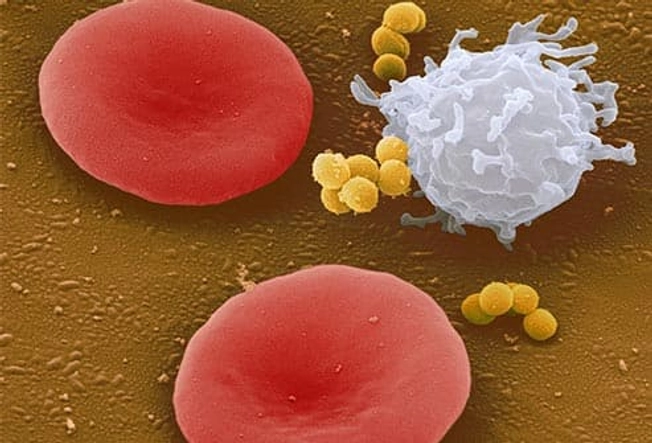

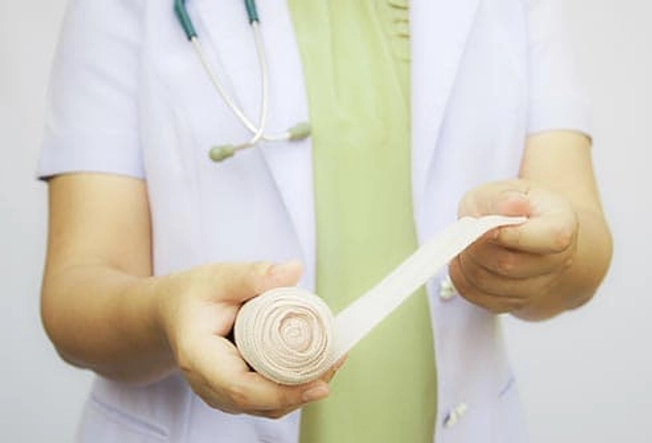
Sepsis From Wounds and Burns
Wounds, sores, or burns make sepsis more likely. When your skin is torn, bacteria on the outside can get inside. A burn that covers a large area can also throw your immune system out of whack. Most of the time, you're not going to get sepsis when you have a cut or wound. Your body can usually repair itself, with treatment from your doctor if needed.
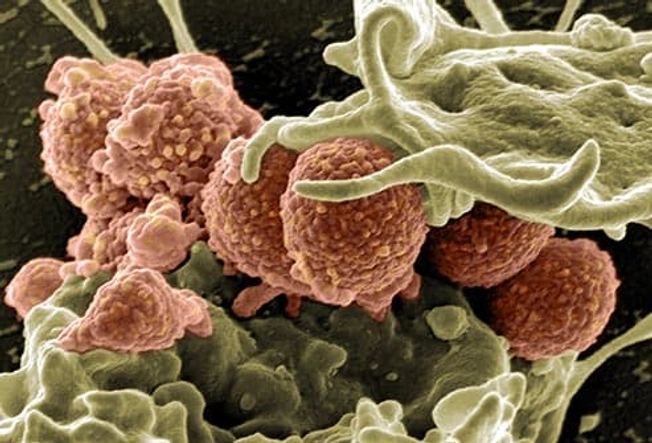
Sepsis From MRSA
MRSA(methicillin-resistant Staphylococcus aureus) is a staph bacterial infection that resists many types of antibiotics. If it isn’t treated, it can turn into sepsis. When it’s on healthy skin, MRSA typically doesn’t often cause any problems. But if it gets into your body through a wound, it can.

Septic Shock
The most severe stage of sepsis is called septic shock. The heart and circulatory system begin to fail, and blood pressure drops. This slows blood flow to all your organs, and they begin to do poorly. You’ll be admitted to the hospital ICU to get around-the-clock care.
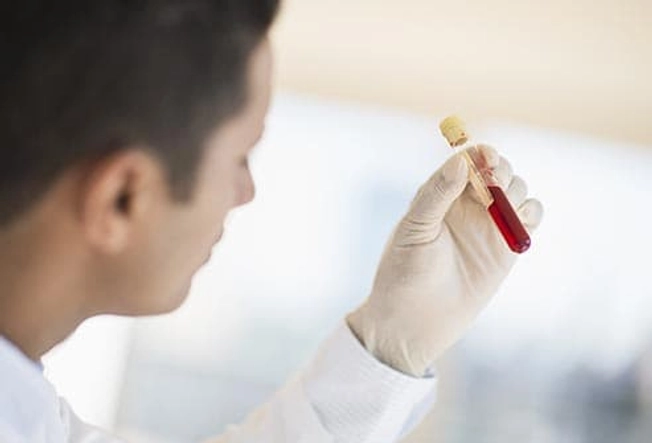
Diagnosis
To diagnose sepsis, your doctor will ask a lot of questions and examine you carefully. They will check to see if you have fever. They will also check your heart rate and your breathing. They will see if you are thinking clearly or are confused. They will also do blood tests, and if needed urine tests, a chest X-ray, or CT scan. The earlier you find out and begin treatment, the better.
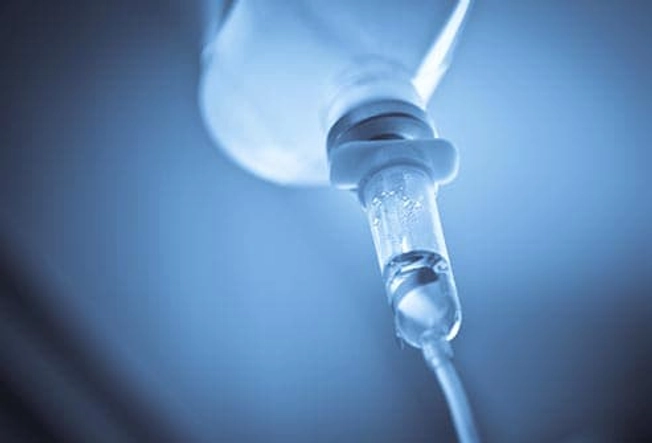
Treatment
Early, aggressive treatment of sepsis is best. You may be admitted to a monitored bed or most likely go to the ICU. Your doctor will start you on antibiotics to fight the infection. You’ll also get IV fluids, oxygen, and medicine to keep your blood pressure from falling and to support your body.
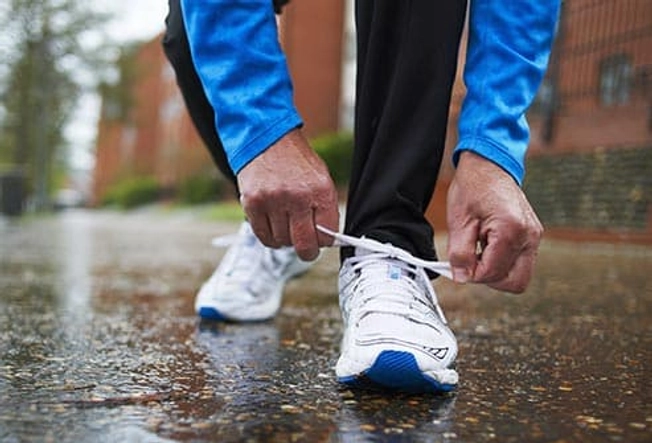
After Sepsis
People with sepsis usually fully recover, Whether there are lasting effects depends in part on your age, whether you have a long-term disease, or how quickly you got treated for sepsis.
IMAGES PROVIDED BY:
(1) Photo Researchers / Getty Images
(2) iStock
(3) Taxi
(4) Juergen Berger / Science Source
(5) Thinkstock
(6) Thinkstock
(7) Science Source
(8) Thinkstock
(9) Brand X Pictures
(10) Thinkstock
(11) The Image Bank
SOURCES:
Angus, DC, Critical Care Medicine, July 2001.
CDC: "Sepsis," “Sepsis Questions and Answers.”
Mayo Clinic: Diseases and Conditions Sepsis “Symptoms.”
MRSA Survivors Network.
National Institutes of Health: “Sepsis Fact Sheet.”
Sepsis Alliance: “Amputations,” “Sepsis and MRSA,” “Sepsis and Pregnancy.”
Lieu, V. The Journal of the American Medical Association, May 18, 2014.
Donald M. Yealy, MD, professor, chair, University of Pittsburgh Department of Emergency Medicine, Pittsburgh, PA.